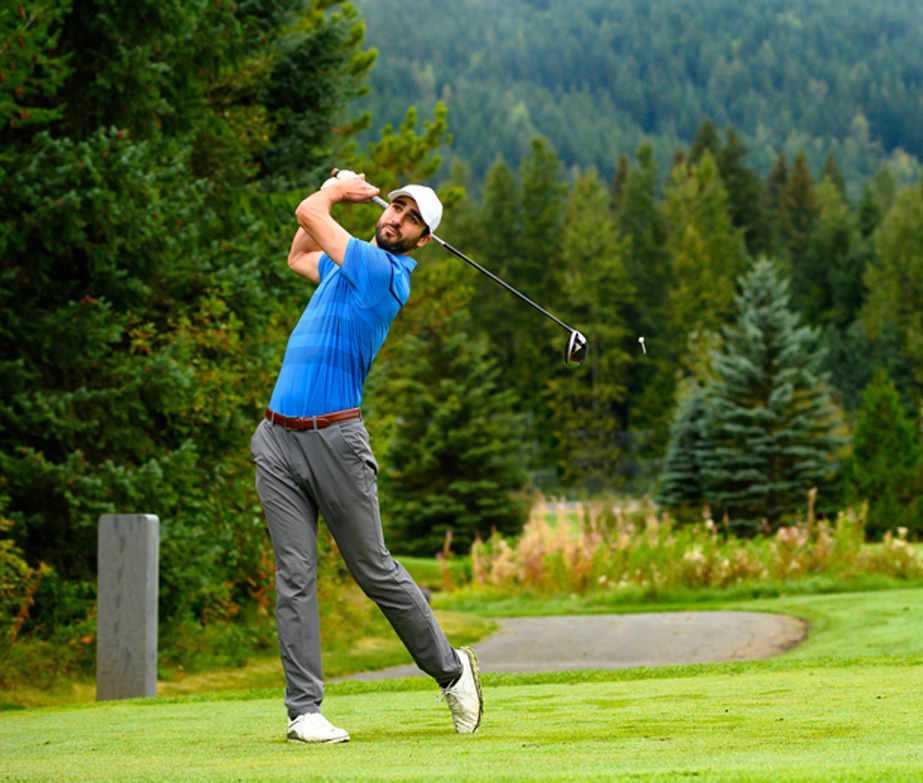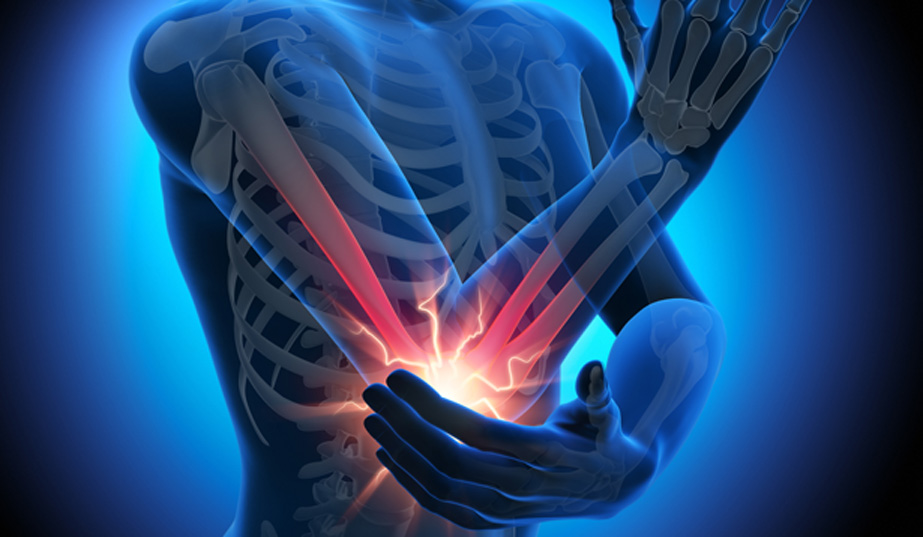
Epicondylagia, also known as golfer’s elbow, is a condition that causes pain on the inside of the elbow.
The pain may also spread into the forearm and wrist. Though the condition is common in golfers, individuals involved in other sports or repetitive activities may also develop epicondylagia.
Symptoms of Golfer’s Elbow
Signs of the condition include:
- Pain and tenderness on the inner side of the elbow
- Pain that extends along the inner side of the forearm
- Pain that worsens with certain movements
- Stiffness in the elbow
- Pain when making a fist
- Weakness in the hands and wrists
- Numbness or tingling that may radiate into one or more fingers
Risk Factors of Golfer’s Elbow
The following risk factors increase the likelihood of developing golfer’s elbow:
- Racket sports (improper technique, excessive use of topspin, using a racket that’s too small or heavy)
- Throwing sports (improper pitching technique, playing sports such as football, archery and javelin throwing)
- Weight training (improper lifting technique)
- Forceful, repetitive occupational movements (construction, plumbing, carpentry)
- Age 40 or older
- Obesity
- Smoking
- Performing repetitive activity at least two hours each day


Preventing Golfer’s Elbow
Individuals can take the following steps to prevent the condition:
- Perform simple exercises to strengthen the forearm muscles.
- Stretch before the activity to warm up the muscles.
- Practice proper form when playing sports.
- Use appropriately-sized equipment.
- Use proper lifting technique.
- Take a break if you feel elbow pain.
Diagnosing Golfer’s Elbow
During an initial consultation, the doctor may apply pressure to the affected area and ask the patient to move their elbow, wrist and fingers in various ways. The physician will also ask about the patient’s medical history, occupation and hobbies.
- X-ray to rule out fracture or arthritis
- MRI to obtain a more comprehensive view of the injured tissue
Treating Golfer’s Elbow
The condition may be treated by taking time off from the sport or other repetitive activity to rest the muscles. Individuals may ice the affected area, use a brace, and stretch and strengthen the affected muscles. If these techniques fail to relieve pain, the patient may benefit from a radiohumeral and humeroulnar joint injection.
Risks and Side Effects
The procedure is relatively safe. Common or possible side effects include infection, increased pain and weakness. Patients should speak to their physician to determine if a radioumeral and humeroulnar joint injection is an appropriate treatment for them.
What to Expect During a Radiohumeral and Humeroulnar Joint Injection Procedure
The procedure begins with the physician cleansing the injection site with an antiseptic. The physician will use ultrasonic guidance to ensure the needle is inserted in the correct place. Once the needle is correctly positioned, the local anesthetic and steroid will be injected.
After the Procedure
Once the procedure is completed, the patient will be allowed to go home. They will experience immediate pain relief as a result of the anesthetic. Lasting pain relief will begin two to three days after the injection, once the steroid begins to work. Patients should ease into exercise activities over one to two weeks.

